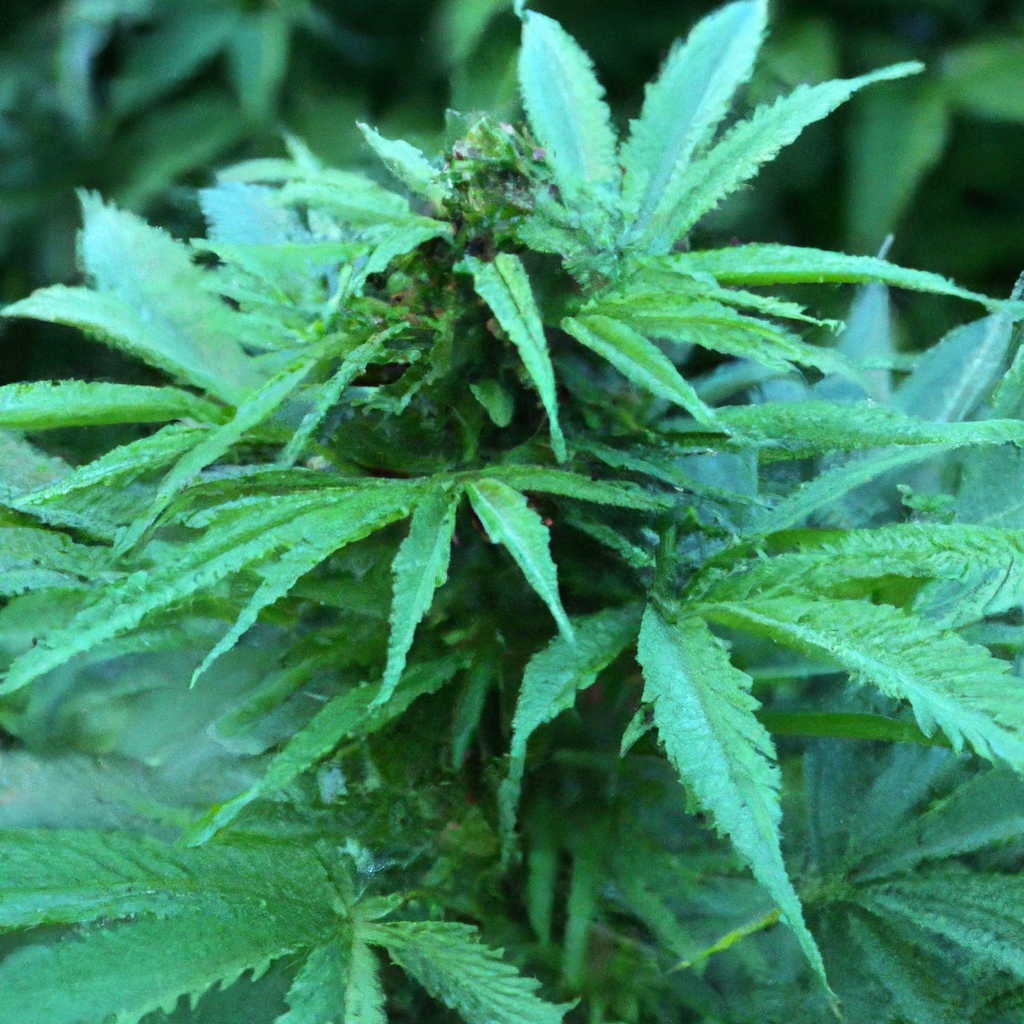Your cart is currently empty!
Growing cannabis is a rewarding endeavor, but it often comes with its fair share of challenges, particularly when it comes to pest management. Instead of relying solely on chemical pesticides, many cultivators are turning to nature’s pest controllers—beneficial insects. In this article, we will explore how to effectively use beneficial insects to protect your cannabis plants, enrich your garden ecosystem, and promote sustainable cultivation practices.
Introduction to Beneficial Insects in Cannabis Cultivation
Beneficial insects are nature’s pest control agents. They include a variety of species that prey on common cannabis pests such as aphids, spider mites, and whiteflies. By integrating these insects into your cultivation practice, you not only protect your plants from harmful pests but also contribute to a healthier garden ecosystem.
Top Beneficial Insects for Cannabis
- Ladybugs: Known for their voracious appetite, ladybugs consume aphids, mites, and other soft-bodied insects. A single ladybug can eat up to 50 aphids a day.
- Predatory Mites: These small mites are excellent at controlling spider mite populations. Orius insidiosus, for instance, is a common predatory mite used in cannabis cultivation.
- Praying Mantises: Although not specific to cannabis pests, praying mantises are generalist predators that can help reduce insect populations in your garden.
- Lacewing Larvae: Also known as “aphid lions,” lacewing larvae eat aphids, thrips, whiteflies, and other destructive pests.
How to Introduce Beneficial Insects to Your Cannabis Garden
Successfully integrating beneficial insects into your cannabis garden requires careful planning and monitoring. Here are some steps to follow:
- Identify Pests: Before introducing beneficial insects, identify the specific pests troubling your cannabis plants.
- Select the Right Beneficials: Choose insects that are known to prey on the pests identified in your garden.
- Release Techniques: Introduce the insects during early morning or late evening when temperatures are moderate. Gently release them directly onto plants or surrounding soil, avoiding windy conditions.
- Monitor and Adjust: Regularly check plant health and pest populations, and adjust your release strategy as needed.
Benefits of Using Beneficial Insects
Besides providing an environmentally friendly way to manage pests, beneficial insects offer several advantages:
- Sustainability: Reduces reliance on chemical pesticides, promoting cleaner cultivation practices.
- Cost-effectiveness: Over time, using beneficial insects can be more economical than repeated pesticide applications.
- Ecosystem Health: Enhances biodiversity and encourages a robust garden ecosystem.
Conclusion: Nature’s Solution to Cannabis Pest Control
Embracing beneficial insects in your cannabis cultivation practice not only aids in effective pest management but also supports sustainable and environmentally conscious agriculture. By inviting these helpful allies into your garden, you create a thriving, balanced ecosystem that benefits both your plants and the broader environment.
Remember, successful integration of beneficial insects involves not just releasing them into your garden, but also nurturing an environment where they can thrive alongside your cannabis plants.
Discover more from Magic Clones
Subscribe to get the latest posts sent to your email.


Leave a Reply